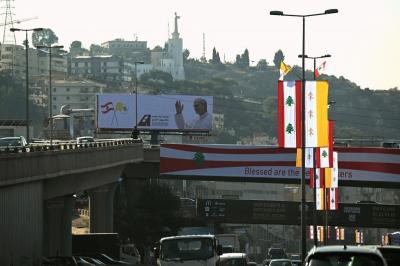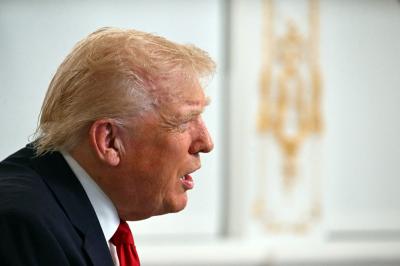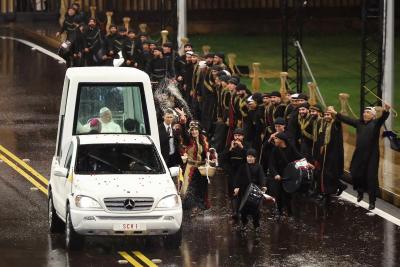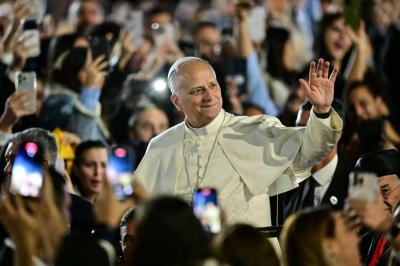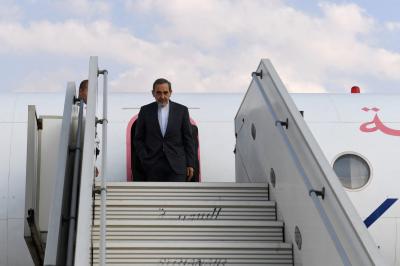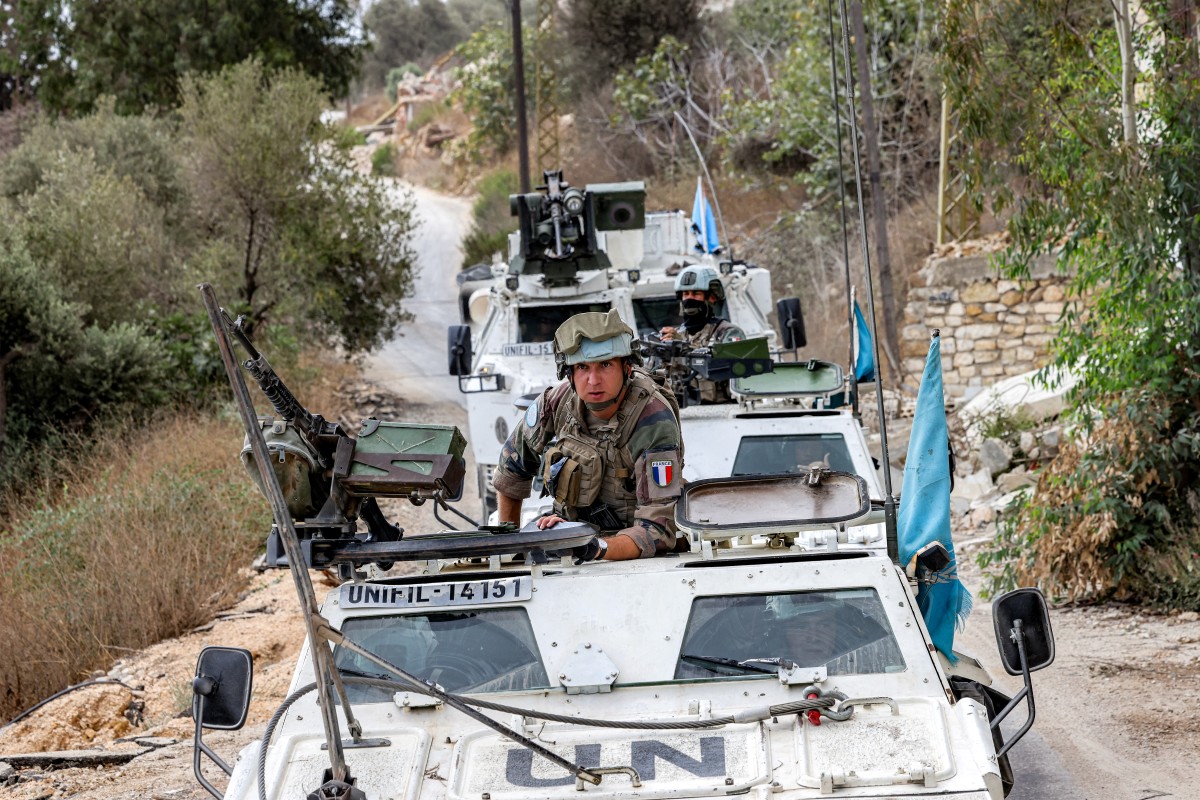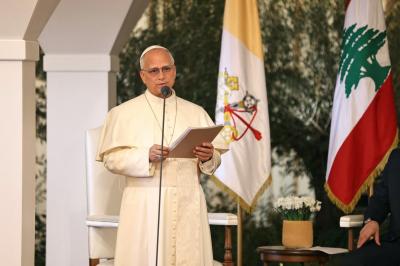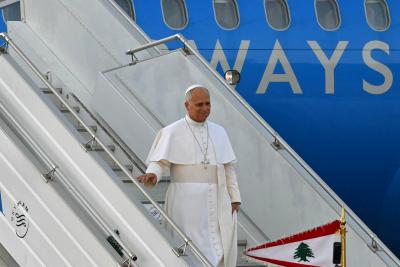As U.S.-mediated talks continue between Lebanon and Israel, a controversial proposal has emerged: the creation of what is being marketed as the “Trump Economic Zone” along parts of Lebanon’s southern border. While promoted under the guise of development, available evidence suggests the project is less an economic initiative and more a security buffer—demilitarized, depopulated, and deeply entangled in regional politics.
An Economic Façade for Security Goals
The plan was announced by U.S. envoy Tom Barrack and backed by a delegation of American senators, including Lindsey Graham. Its stated aim: to stabilize southern Lebanon with Gulf investment, particularly from Qatar and Saudi Arabia. But behind the rhetoric lies a clear strategic purpose—preventing "Hezbollah" from reestablishing a presence in the border zone. Under the November 2024 ceasefire, "Hezbollah" agreed to pull back forces, while Israel continued breaching the truce and demolishing infrastructure across the south.
Although the proposal touts industrial projects and job opportunities for southerners, its first phase reportedly requires evacuating wide areas under the pretext of security. Lebanese fears center on the prospect of a disguised demographic transfer, replacing local populations with externally managed economic activity.
Investment vs. Sovereignty
Legally, the Lebanese constitution forbids ceding land, but not establishing economic zones. Yet legal experts warn that the plan risks violating provisions of the Penal Code that criminalize granting special privileges over national territory to foreign or non-state entities. With Israeli forces still occupying Lebanese areas, any such investment would remain hostage to Tel Aviv’s security agenda.
The gravest concern: that the zone could entrench forced displacement, especially amid the ongoing exodus since October 2023, with no clear plan for repatriating residents or rebuilding destroyed villages.
Between Cautious Optimism and Harsh Realities
Some view the project as a chance to rebuild and revive the south—if it operates under balanced Lebanese and international supervision, free from direct Israeli control. Media leaks speak of state-owned industrial facilities and Gulf-backed investments that could revive local economies. Yet optimism is tempered by obstacles: "Hezbollah"’s categorical refusal to disarm without guarantees, Israel’s continued aggression, and Lebanon’s lack of a coherent national economic strategy.
Historical Lessons of Failure
Global precedents cast doubt on the proposal’s sustainability. The Kaesong Industrial Zone, launched in 2002 as a joint North–South Korean experiment, collapsed in 2016 due to political tensions. Gaza’s Erez Industrial Zone, once pitched as a development corridor, shut down after the Second Intifada and became a military enclosure. Even the planned EU-backed economic zone between the two parts of Cyprus never materialized. These examples highlight a pattern: when security imperatives outweigh economic vision, such projects prove fragile, short-lived, and often morph into instruments of control and displacement.
Southern Lebanon’s Missing Ingredients
For special economic zones to succeed, certain fundamentals are essential: access to active ports or airports, strong transport and energy networks, and links to research and innovation hubs. South Lebanon, beset by conflict and lacking infrastructure, offers none of these. Nor does Lebanon have normalized trade or diplomatic ties with Israel, removing any justification for a joint export or free-trade zone.
A Project Caught Between Security and Sovereignty
So far, Washington has failed to articulate a clear roadmap for the “Trump Economic Zone.” Critical details remain undefined: Lebanon’s sovereign boundaries in the zone, the identity of investors and operators, and guarantees for displaced residents’ return. As it stands, the initiative remains a vague concept straddling two extremes—either a rare chance to revive the south and restore its people, or a veiled mechanism for long-term demographic engineering under the banner of development.
For now, the key questions linger: will southern Lebanon’s future be one of productive growth, or will it be reduced to another buffer zone? Will the initiative empower recovery, or serve as a new tool of isolation dictated by Israel’s security calculus? The answers depend on the weeks ahead—on Lebanese decisions, international guarantees, and whether political will can override the dictates of force.
Please post your comments on:
comment@alsafanews.com
 Politics
Politics
